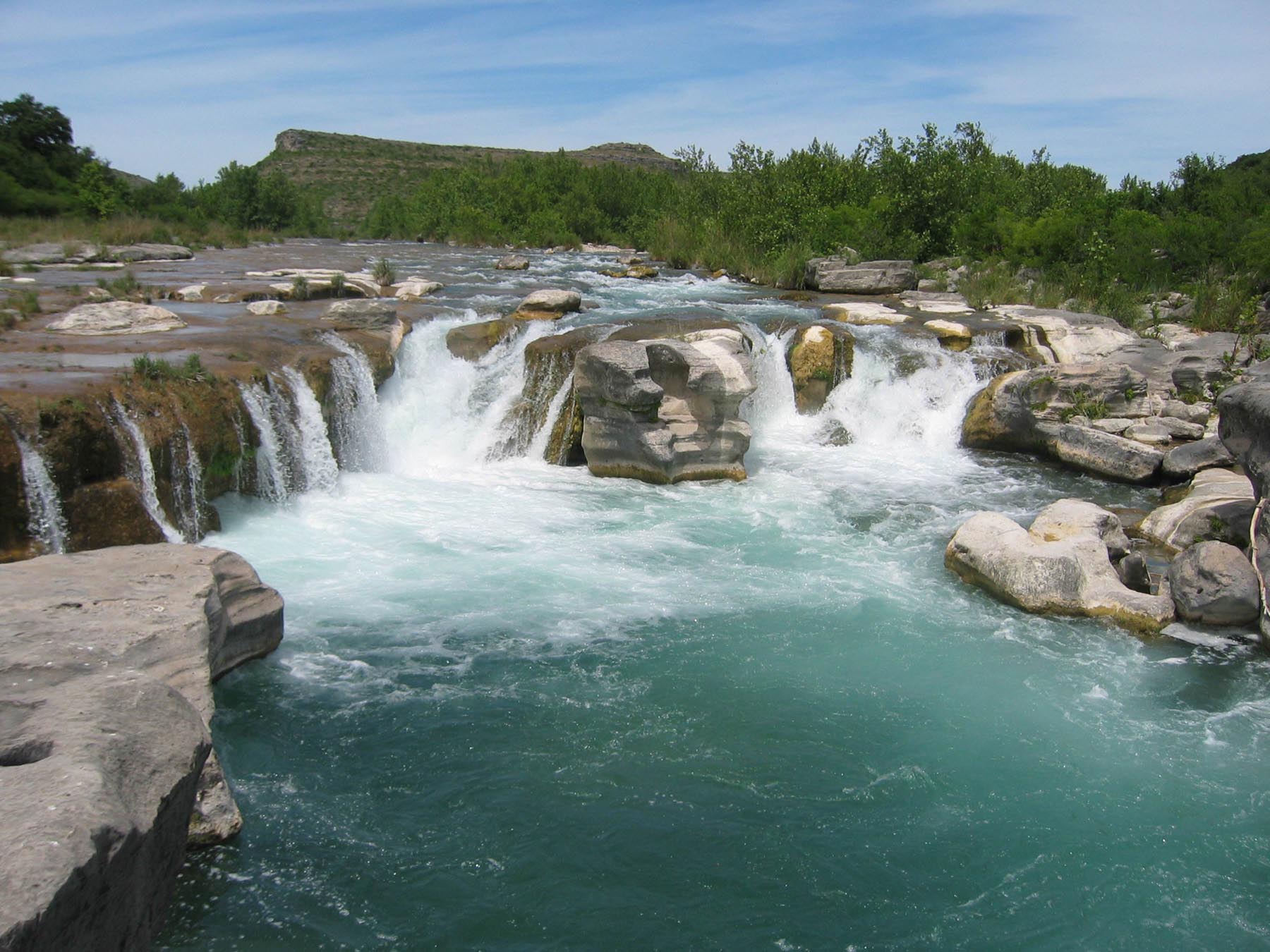The Gus Engeling Wildlife Management Area (WMA) provides 10,958 acres of public hunting for white-tailed deer and other game species. The area is operated by Texas Parks and Wildlife Department and can be accessed through regular permit hunts or special permit hunts. The Engeling WMA serves as a wildlife research and demonstration station for landowners found in the post oak savannah ecoregion of Texas.
APH Permit holders can access the Engeling WMA during regular permit hunt dates without any additional fee. Those without the APH Permit can pay a daily use fee each day. Special permit (draw) hunts are held for white-tailed deer during the archery and general season for selected hunters. During some years, the management area will also hold hunts for feral hogs.
The landscape found on the Engeling WMA varies from nearly flat to gently rolling post oak woodlands consisting of dense stands of oak and hickory overstory with understory plant species of yaupon, greenbriar, elm, and huckleberry. Although most of the area is upland habitat with sandy loam soil, there is a good amount of bottomland habitat. These areas are great for duck hunting and hold a number of feral hogs.
The Engeling WMA is located about 38 miles southeast of Corsicana and 22 miles northwest of Palestine on US Highway 287. Hunters selected for special permit hunts must attend a mandatory orientation on the first day of the hunt at the Wildlife Conservation Center, which is located 1/2 mile north of the main gate on the main WMA road. Standby applicants must report to the Conservation Center at 10:30 am on the first day of the hunt.
Trucks and four-wheel drive vehicles are recommended because portions of the area may be difficult to access during wet weather. Portable deer blinds that do not damage trees are encouraged when on the are. However, portable blinds are not available at the Engeling WMA, so bring your own. An improved campground with camper pads and restroom facilities is available for use by hunters and anglers. For more information on public hunting at the Engeling WMA call the headquarters at 903-928-2251.






